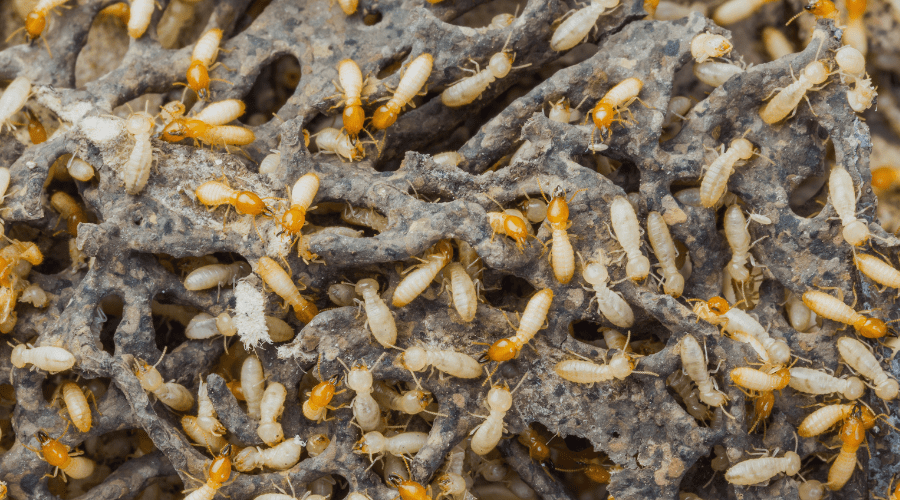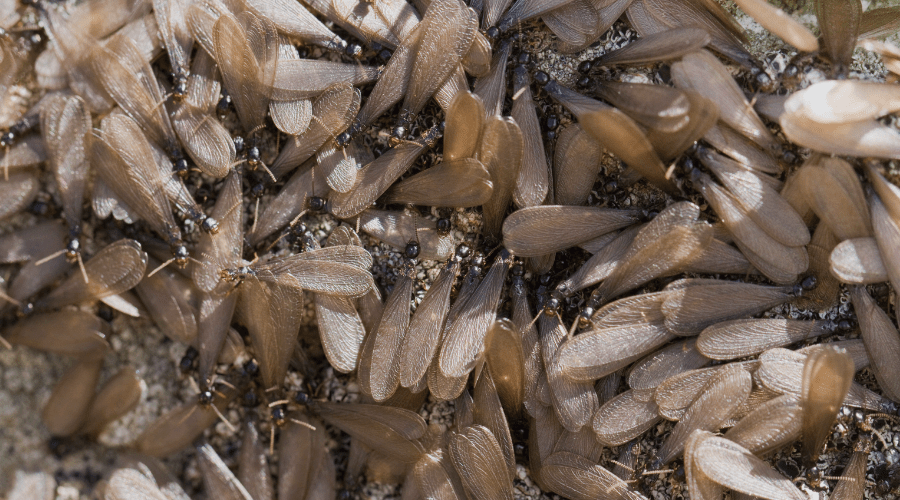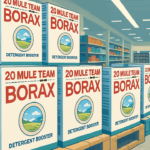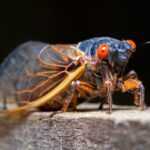Termites are one of the most destructive pests, causing significant damage to homes and structures. During the summer months, termite activity increases, and swarms can become a common sight. In order to Identify and prevent termite swarms is crucial to protecting your home from costly damage. Here’s how to spot termite swarms and take preventive measures.
Understanding Termite Swarms
To prevent Termite swarms you must understand how swarms occur. These swarms occur when reproductive termites, also known as alates, leave their colony to establish new colonies. Swarms typically happen during warm, humid weather, often after a rainstorm. Swarming termites are attracted to light and can be seen around windows, doors, and light fixtures.
1. Identifying Termite Swarms
- Appearance: Swarming termites have two pairs of wings of equal length, a straight waist, and straight antennae. They are often mistaken for flying ants, which have unequal wing lengths, a pinched waist, and bent antennae.
- Location: Termite swarms are commonly found near windows, doors, and light sources. You may also find discarded wings on windowsills and floors after a swarm.
2. Signs of Termite Infestation
- Mud Tubes: Termites build mud tubes to travel between their colony and food sources. These tubes are often found on walls, foundations, and crawl spaces.
- Wood Damage: Termites feed on wood from the inside out, leaving a honeycomb pattern and hollow-sounding wood. Check for blistering or bubbling paint, as this can indicate termite activity beneath the surface.
- Frass: Termite droppings, known as frass, resemble small wood-colored pellets. Finding frass near wooden structures is a sign of an active infestation.

3. Preventing Termite Swarms
- Reduce Moisture: Termites are attracted to moisture. Fix any leaks, ensure proper drainage, and reduce humidity levels in crawl spaces and basements.
- Remove Wood-to-Ground Contact: Keep firewood, lumber, and other wooden materials away from the ground and your home’s foundation. Use concrete or metal barriers to separate wood from soil.
- Seal Entry Points: Inspect your home’s exterior and seal any cracks or gaps in the foundation, windows, and doors. Use mesh screens on vents to prevent termites from entering.
- Maintain Landscaping: Keep shrubs, trees, and mulch away from your home’s foundation. Trim back any vegetation that touches the house, as it can provide a pathway for termites.
4. Regular Inspections
Schedule regular termite inspections with a professional pest control service. Early detection is key to preventing extensive damage. A professional can identify signs of termite activity and recommend appropriate treatment options.
Schedule Your FREE Termite Inspection Online Today
For effective termite prevention, consider scheduling a FREE inspection online. At PURCOR Pest Control, we back all of our services and solutions with 100% guaranteed satisfaction. We offer any necessary additional visits to your property free of charge, so you can enjoy peace of mind knowing that the job will be done properly. Request your free termite control estimate today.
"*" indicates required fields
"*" indicates required fields




